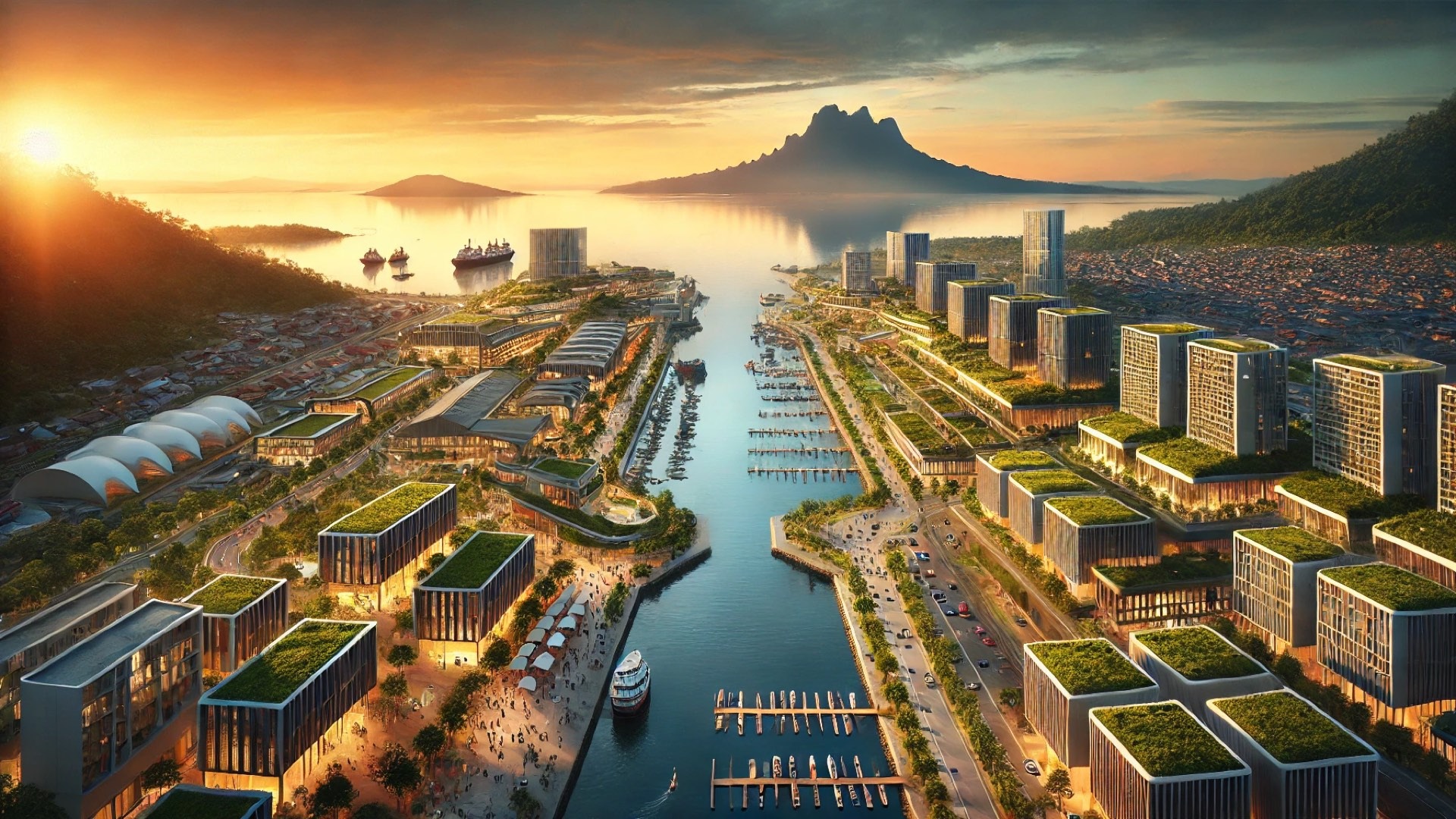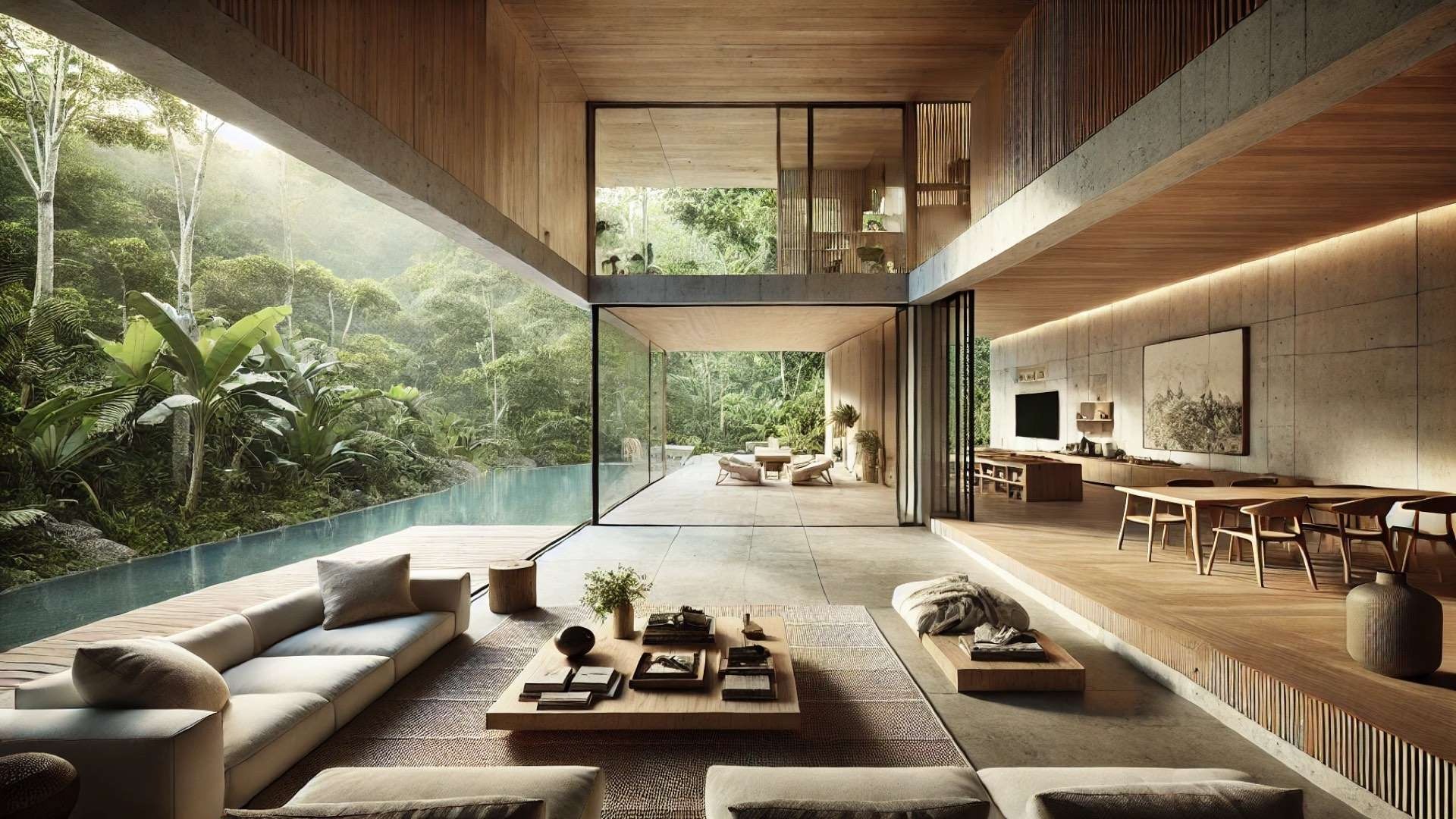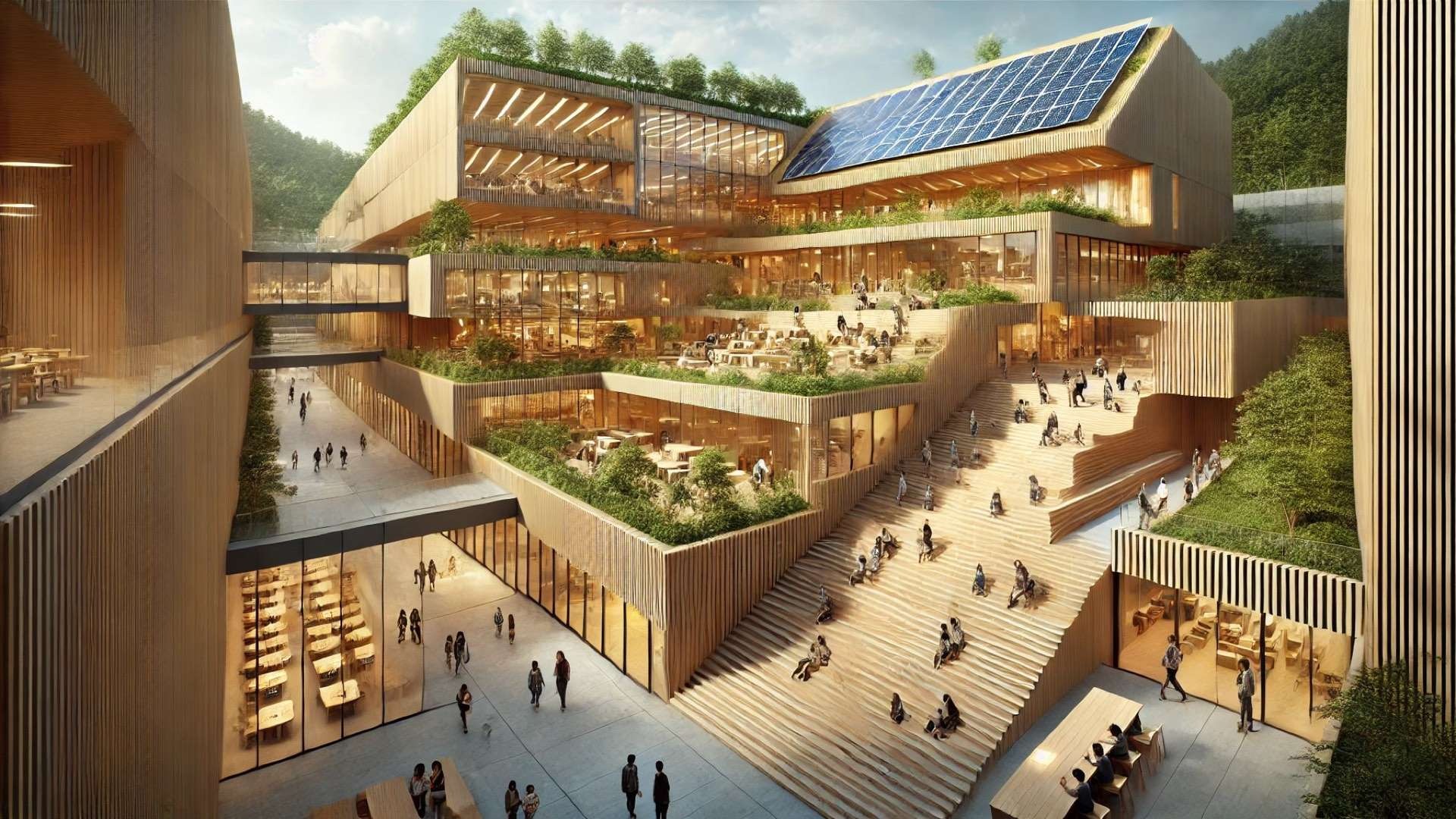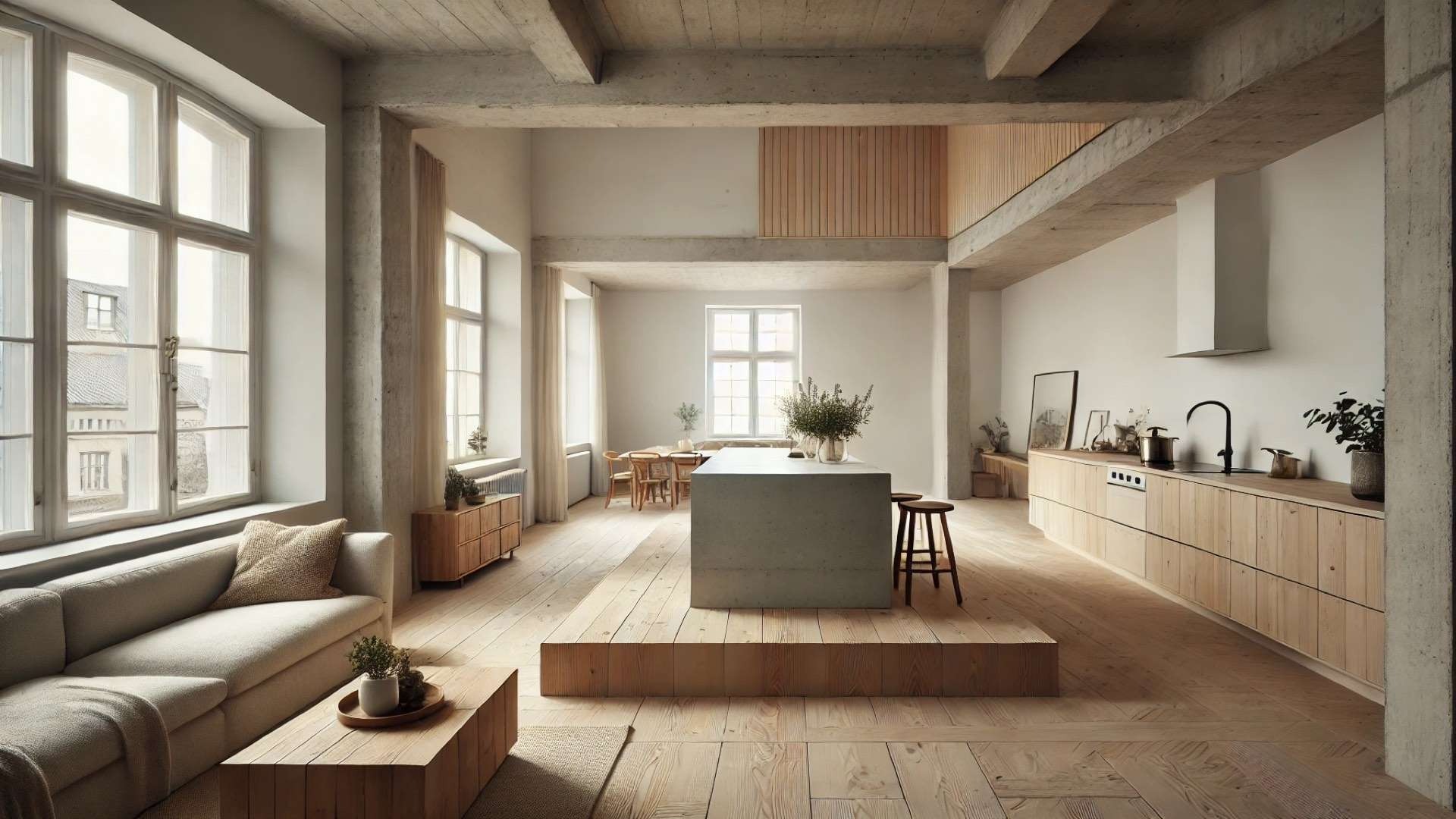
Reviving Kota Kinabalu: The Jesselton Docklands Vision
The waterfront masterplan for Kota Kinabalu, Malaysia, known as Jesselton Docklands, is a bold ambition by the renowned architectural firm Snøhetta, conceptualized to transform this historic port area into a vibrant civic district. Nestled on the island of Borneo, this initiative aims to establish a connection to the local culture while enhancing the ecological integrity of the region. Richard Wood, the Managing Director for Snøhetta in Asia, depicts the endeavor as a
"reconnection of this once industrial part of the city back to its locality, its people, and its heritage. With this project, we aim to introduce a new ferry and cruise terminal, positioning it as a transportation hub and a destination that resonates with Sabah’s cultural identity.
Crafting a Tropical Urban Experience
In a region prone to the impacts of climate change, Snøhetta's design for Jesselton Docklands integrates advanced environmental strategies that underscore its commitment to sustainability. Elements like bioswales and rain gardens address stormwater management and flood mitigation, promising resilience in the face of tropical storms.
The layout of the project draws inspiration from the traditional fishing villages nearby. Snøhetta’s organic planning principles enhance natural airflow and shade, making urban living more bearable during Kota Kinabalu’s hot summers. Echoing these fishing communities, the team's intent is to cultivate a sense of community within the urban landscape.
Innovative Architecture That Mirrors Nature
The vision for residential and mixed-use towers is not merely functional but also artistic. These structures are designed to resonate with the profile of Mount Kinabalu—an iconic landmark in the region. This thoughtful architecture not only celebrates local identity but also fosters a strong emotional connection with the landscape.
Furthermore, the relocated ferry terminal introduces a newly cascading landscape that enhances accessibility and reaffirms the relationship between the city and its maritime surroundings. A flourishing inner marina incorporates aquatic elements akin to the traditional water villages, redefining urban boundaries.
Emphasizing Walkability and Accessibility
At the heart of the Jesselton Docklands design is a central spine that stretches over 700 meters, facilitating foot traffic between key districts. Streetscapes crafted for pedestrians encourage exploration and engagement. From shaded pathways to inviting public pavilions, the collaboration between architecture and nature is a celebration of not just locality but authenticity, an often-overlooked charm in modern urban design.
This rejuvenation not only serves the residents of Kota Kinabalu but places the city on the map as a significant player in Southeast Asia’s urban landscape. By prioritizing mixed-use spaces and pedestrian accessibility, Snøhetta's concept exemplifies the future of urban planning in harmony with local traditions.
Anticipating the Future of Coastal Urbanism
The Jesselton Docklands masterplan stands as a remarkable example of how coastal cities can blend ecological responsibility with cultural appreciation. With its focus on sustainable practices and community-oriented design, it sets a precedent for further developments across Malaysia and beyond. As this project unfolds, it promises to inspire dialogue about the importance of rooting urban developments in the rich heritage that shapes them.
By envisioning this harmonious blend of tradition and modernity, Kota Kinabalu is not only reinvigorating its waterfront but setting an aspirational precedent for generations to come. Watching this transformation will be like seeing a canvas brought to life with vibrant strokes of legacy and innovation.
 Add Row
Add Row  Add
Add 




Write A Comment